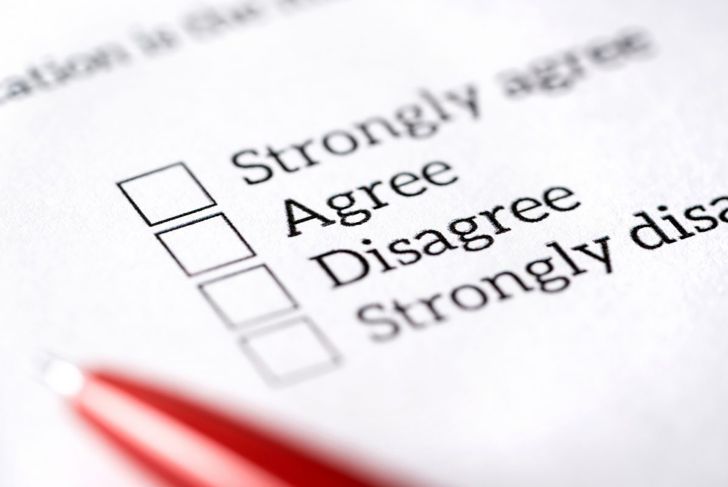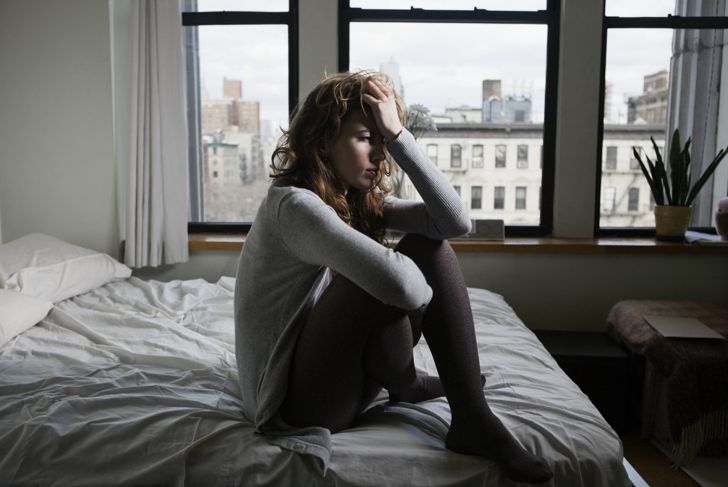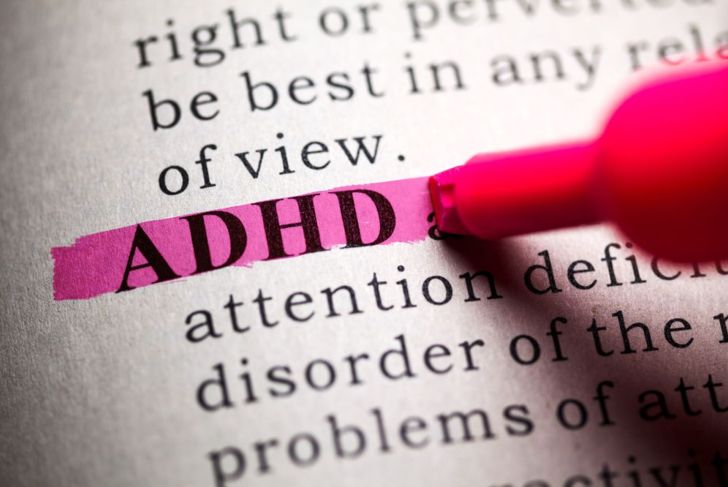Every human on the planet engages in daydreaming at some point during their daily life. Our brains are wired to fill gaps in attention with thoughts, memories, and waking dreams. Most people daydream and then return to the task at hand without a problem. Some people, however, have difficulty exiting daydreams to come back to reality. Maladaptive daydreaming is an inability to control or stop daydreaming and focus on real life.
Background Information
Maladaptive daydreaming is a new area of psychological research. Dr. Eli Somer, a clinical psychologist and professor emeritus at the University of Haifa in Israel, coined the term “maladaptive daydreaming” around 20 years ago. Dr. Somer noticed how the trauma patients in his clinical practice often talked about their daydream worlds, and how the daydreaming caused impairment in many cases. That observation led him to research the idea of maladaptive daydreaming.
Symptoms
The symptoms of maladaptive daydreaming include excessive and uncontrollable daydreaming, social withdrawal, neglecting aspects of daily life, impaired functioning, and feelings of distress, shame, or embarrassment about the amount of time spent daydreaming and the failed attempts to stop. Maladaptive daydreaming also can be exhibited by excessively reading, watching films or shows, or gaming.
Diagnosis
Maladaptive daydreaming is not listed in any edition of the Diagnostic and Statistical Manuel (DSM) yet, although it is slowly gaining recognition as a clinical mental health problem. Dr. Somer developed a 16-item diagnostic tool called the Maladaptive Daydreaming Scale for Clinicians and also suggests professionals conduct structured interviews in addition to the scale report for an accurate diagnosis.
Causes
The causes of maladaptive daydreaming are not easy to pinpoint. Research suggests that it develops as a coping mechanism to help someone deal with loneliness, abuse, bullying, other mental health conditions, or unmet psychological needs. Trauma may also play a role in the development of maladaptive daydreaming, especially childhood trauma.
Comorbid Conditions
Individuals who experience maladaptive daydreaming are likely to have other mental health conditions like obsessive-compulsive disorder or other anxiety disorders, depressive disorders, or ADHD. Other research suggests that people who experience maladaptive daydreaming are more likely than those who do not experience dissociation-related symptoms.
Classification
Since maladaptive daydreaming is not currently listed as a mental health condition in the DSM, clinicians and researchers are unsure how to classify the condition. It shares some symptoms with dissociation disorders, attention deficit conditions, obsessive-compulsive disorder, and behavioral addiction but does not neatly fit into any of those categories when it comes to treatment.
Maladaptive Daydreaming vs. Psychosis
Maladaptive daydreaming is often misdiagnosed as psychosis. The two conditions can appear similar at first because both maladaptive daydreamers and those with psychosis live in a fantasy world. The defining difference is that people with psychosis do not know that their fantasy world is not real, while people who exhibit maladaptive daydreaming do.
Maladaptive Daydreaming vs. ADHD
Maladaptive daydreaming is also often misdiagnosed as just as symptom of ADHD because both involve an inability to pay attention or concentrate and impaired functioning. The key difference is that, for a person experiencing maladaptive daydreaming, the daydreams are the root cause of inattention, while the root cause of inattention with ADHD is neurological.
Current Issues
The biggest current issue with maladaptive daydreaming as a psychological condition is that there is not enough research for it to be widely recognized by mental health professionals. This leads to problems across all areas, including diagnosis and treatment. There is also an ongoing dispute over whether or not the condition is a “new” condition that deserves its own diagnosis or a subtype of a behavior addiction issue, like gambling.
Treatment
Dr. Somer and his team are still doing research to develop a treatment plan specifically for maladaptive daydreaming. Currently, the most helpful approach is to find and treat the issue that caused the maladaptive daydreaming to begin with. If therapy or other treatment can being to resolve the underlying issue, according to Dr. Somer, the maladaptive daydreamer will feel less and less of a need to cope with daydreaming.

 Home
Home Health
Health Diet & Nutrition
Diet & Nutrition Living Well
Living Well More
More




















